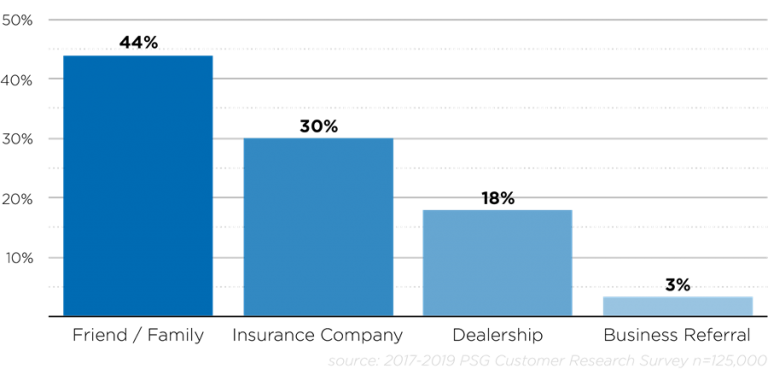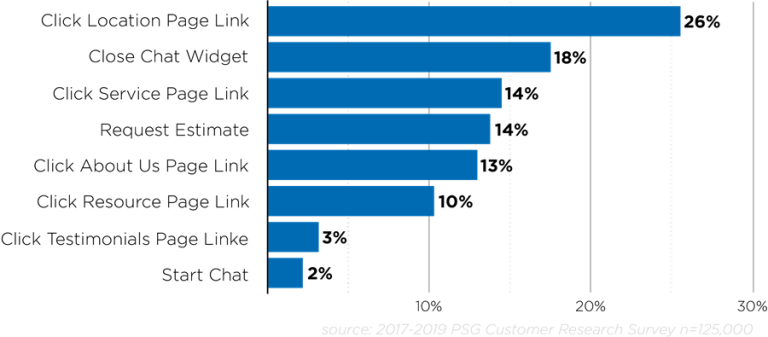After talking about digital marketing mistakes the last few weeks we thought we’d shift gears and talk about something everyone can relate to; your customers and why, although they can be super annoying, understanding them is critical to your business.

What is CX?
For anyone not familiar with the acronym, CX is how the corporate world refers to Customer Experience. By definition, it is as follows:
A customer’s perception of their rational, physical, emotional, subconscious and psychological interaction with any part of a business. This perception affects customer behaviors and builds memories which drive loyalty and affects the economic value a business generates.
Did you get all of that? Basically it’s everything the customer feels about interacting with your business.
But winning at customer experience is not just as simple as measuring CSI for your DRP partners or knowing your Net Promoter Score. Remember, data is only valuable when you put it to use.
It requires the ability to not only uncover customer dissatisfaction but address problems, reveal unmet needs and most importantly, learn what earns trust, retention, and increases repeat and referrals business. You need to be able to identify the most critical points within the customer’s experience to understand which interactions are the most important and which ones are desperately in need of help.
The goal of measuring CX is not to achieve a better score than other shops or make sure you don’t get kicked off your DRP, it’s to take action on the data to improve your customer relationships in ways that drive financial success (e.g. more referrals, great reviews, higher DRP ranking, etc).
We live in a consumer-led world, and their voice is louder than ever. An exceptional customer experience is the expectation, not the exception.
Customer experience is no longer something to take for granted, it is a pivotal part of a company’s marketing efforts, value proposition, and revenue potential.



